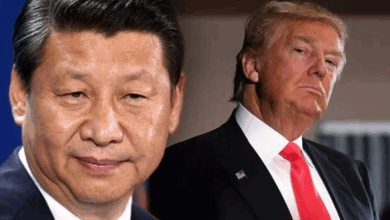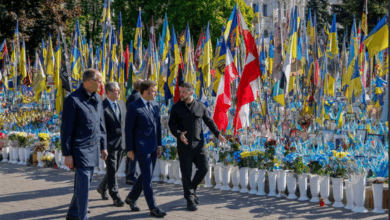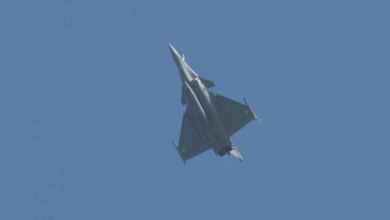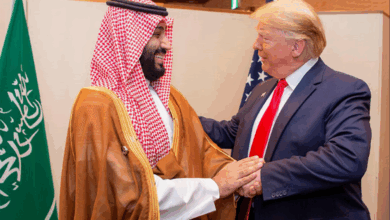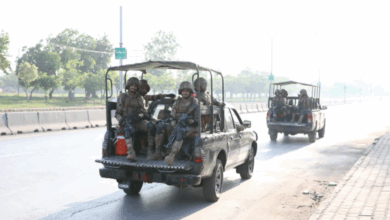Nuclear rivals India and Pakistan step back from the verge of conflict. Here’s a timeline of how it happened.
newstrends.online
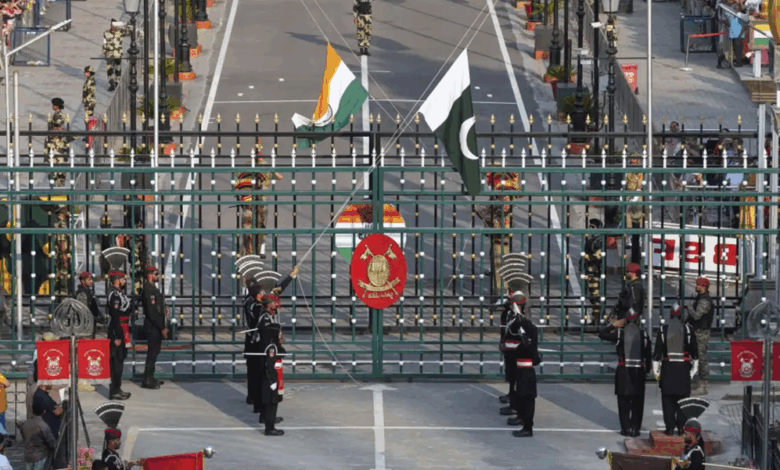
ISLAMABAD, Pakistan (AP)— A gun assault on tourists on April 22 pushed India and Pakistan a step closer to conflict, marking the largest collapse in relations since 2019.
Conflict between India and Pakistan is not rare, with the two countries having periodically engaged in conflicts, confrontations, and skirmishes since obtaining independence from British India in 1947.
The difference with this escalation was the frequency and intensity of assaults and retaliation.
Although the U.S. previously said it would not step in, Secretary of State Marco Rubio said he and Vice President JD Vance talked to senior government and military officials on both sides, with the two countries consenting to an immediate cessation.
Here’s a timeline of how the latest conflict unfolded:
April 22, Gunmen fire and murder at least 26 tourists at the Pahalgam resort in Indian-controlled Kashmir, a significant shift in a regional conflict that has largely spared civilians. The unidentified assailants also injure 17 others. A group called Kashmir Resistance, which India accuses Pakistan of supporting, claimed the assault.
Survivors tell The Associated Press that gunmen asked individuals if they were Hindu and then opened fire.
April 23, India downgrades diplomatic relations, closes the only functional land border crossing, and suspends a crucial water-sharing treaty that has endured two conflicts and a significant frontier skirmish between the two countries.
India initiates a manhunt for the Pahalgam assailants. Pakistan denies involvement with the assault.
April 24
India and Pakistan terminate visas for each other’s nationals, setting a deadline for them to depart. In retaliation, Pakistan shutters its airspace for all Indian-owned or Indian-operated airlines and suspends all commerce with India, including to and from any third country.
Government ministers from both parties suggest the dispute could escalate to military action.
April 25: India claims its troops exchanged fire with Pakistani soldiers at the Line of Control, the de facto border dividing the disputed Kashmir region.
Pakistan warns it could suspend an agreement that established the Line of Control, in what would be a major and troubling step. The United Nations urges both parties to “exercise maximum restraint.”
On April 26, Pakistani Prime Minister Shehbaz Sharif declares his government will respond “with full force and might” to Indian attempts to stop or divert the flow of water.
Iran proposes mediation, while Trump says he expects them to sort out their differences. “There’s tension between Pakistan and India, but there always has been,” he tells reporters aboard Air Force One.
April 30
Authorities in Indian-controlled Kashmir temporarily close dozens of resorts in the scenic Himalayan region after the fatal assault on tourists.
Troops from both countries exchange fire over the Line of Control for a fifth consecutive night.
Pakistan’s Information Minister Attaullah Tarar says his government has “credible intelligence” that India intends to carry out military action against Pakistan in the next 24 to 36 hours.
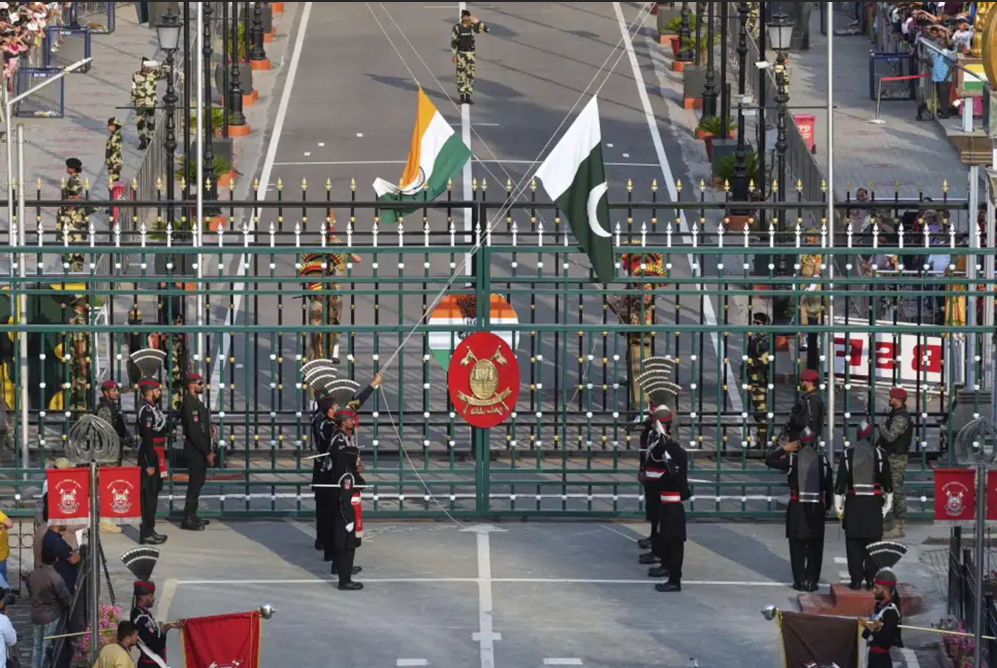
On May 1, U.S. Secretary of State Marco Rubio calls on senior officials in India and Pakistan to defuse the crisis. U.S. State Department spokesperson Tammy Bruce says Rubio, in his call with India, expressed concern over the murders in Pahalgam and reaffirmed the U.S.’s “commitment to cooperation with India against terrorism.”
Pakistan claims Rubio emphasized the need for both sides to “continue working together for peace and stability” in South Asia.
May 3 Pakistan test-fires a ballistic missile with a range of 450 kilometers (about 280 miles). Missiles are not launched toward the frontier area with India; they are routinely discharged into the Arabian Sea or the deserts of the southwest Balochistan province.
India suspends the exchange of all mail from Pakistan through air and surface routes and bans the direct and indirect import of products from its neighbor. It also prevents Pakistani-flagged ships from accessing its ports and prohibits Indian-flagged vessels from visiting Pakistani ports.
On May 7, India fires missiles on Pakistan, which deems the strikes an “act of war” and pledges to avenge those who perished in the pre-dawn attack.
The missiles murder 31 people, including women and children, in Pakistan-administered Kashmir and the country’s Punjab province. The strikes targeted at least nine sites “where terrorist attacks against India have been planned,” says India’s Defense Ministry.
Pakistan claims it destroyed several Indian fighter aircraft.
On May 8, India fires attack drones into Pakistan, murdering at least two civilians, the Pakistani military says. India, meanwhile, accused its neighbor of attempting an attack and acknowledged targeting its archrival’s air defense system.
India evacuates thousands of people from villages near the highly militarized frontier in the Kashmir region. Flights remain suspended at over two dozen airports across northern and western regions of India.
Pakistan’s Punjab province proclaims the urgent suspension of all schools and other educational institutions.
On May 9, India suspends its largest domestic cricket tournament for a week following the escalating military tensions with Pakistan. Pakistan initially says it will relocate the domestic T20 tournament to the United Arab Emirates because of the crisis, but then says it will only postpone matches.
Several northern and western Indian provinces close schools and other educational institutions.
U.S. Vice President JD Vance says a prospective war between India and Pakistan would be “none of our business.”
India’s army claims drones have been sighted in 26 locations across many areas in Indian states bordering Pakistan and Indian-controlled Kashmir, including the main metropolis of Srinagar. The drones were monitored and engaged, it adds.
The Group of Seven nations, or G7, urges “maximum restraint” from both India and Pakistan, warning that further military escalation poses a serious threat to regional stability.
May 10, Pakistan says India has fired missiles at air bases inside the country and that retaliatory strikes are ongoing. The Indian missiles targeted Nur Khan air base in the garrison city of Rawalpindi, near the capital Islamabad; Murid air base in Chakwal city; and Rafiqui air base in the Jhang district of eastern Punjab province, according to the Pakistani army’s chief spokesperson.
Pakistan says it has fired missiles at Indian military positions.
Residents in Indian-controlled Kashmir report hearing deafening detonations at multiple sites in the region, including Srinagar, Jammu, and the garrison town of Udhampur.
Both countries indicate they are willing to de-escalate if the other side reciprocates.
The first word of a truce comes from U.S. President Donald Trump, who posts on his Truth Social platform that India and Pakistan have consented to a full and immediate cessation.
Senior officials from both parties swiftly affirm the agreement, which is anticipated to bring a swift conclusion to military escalation.
